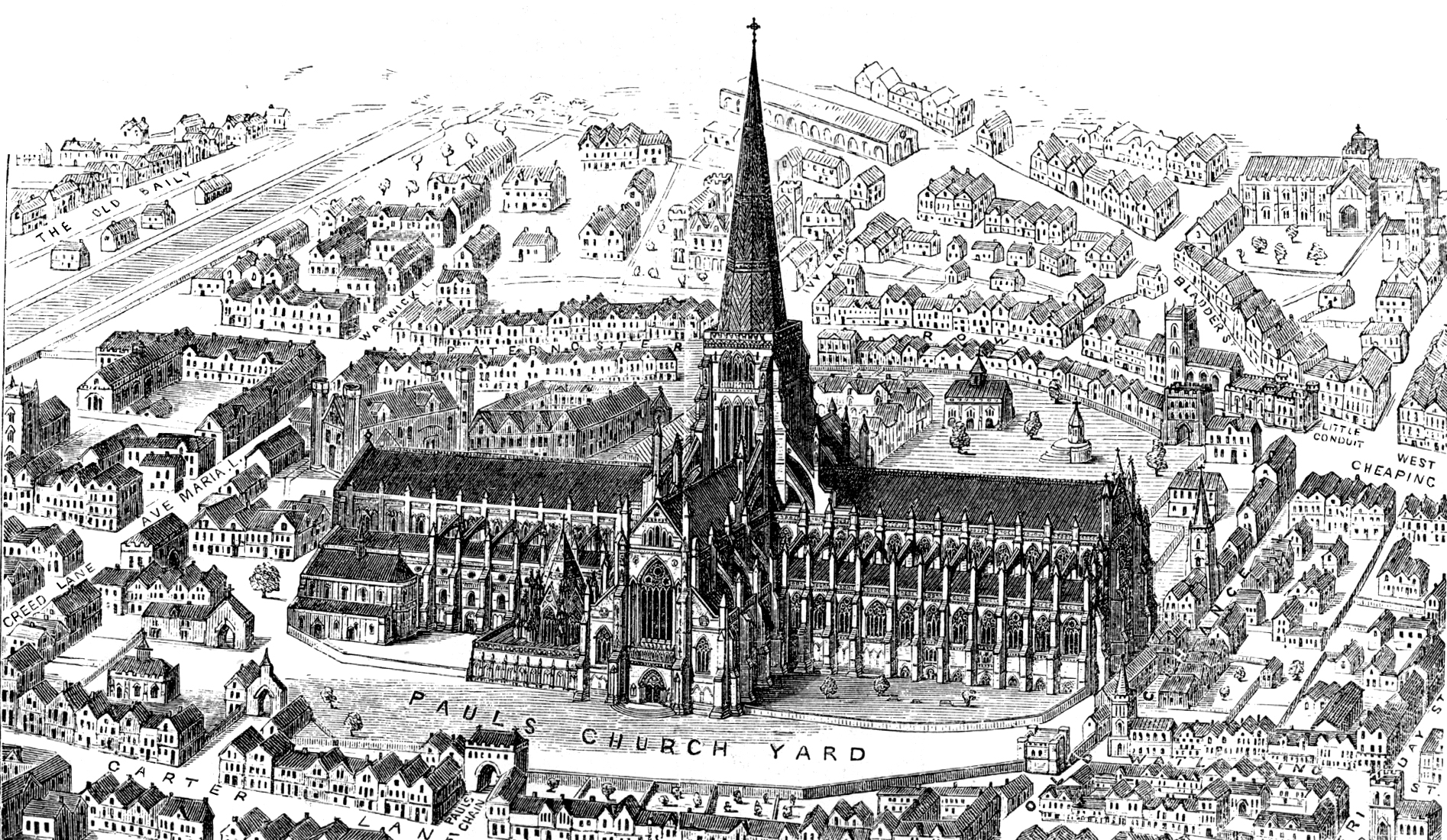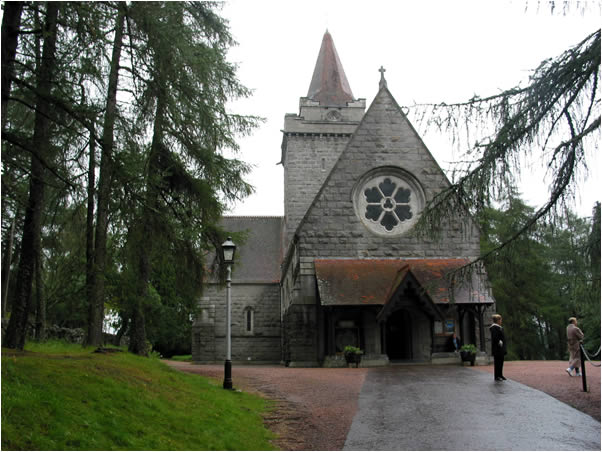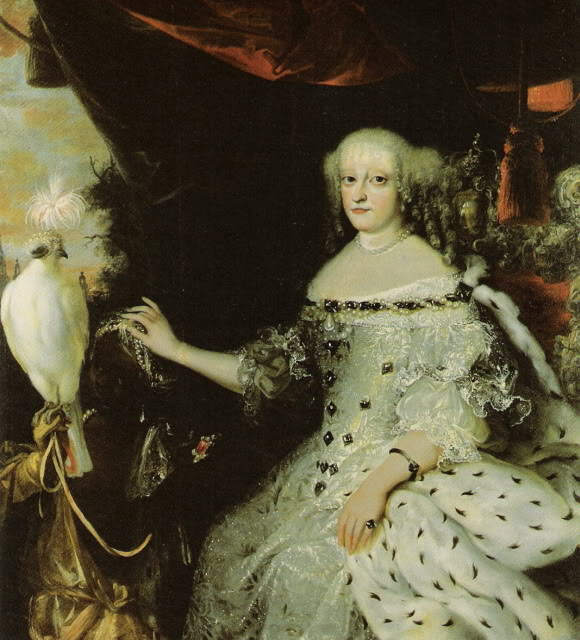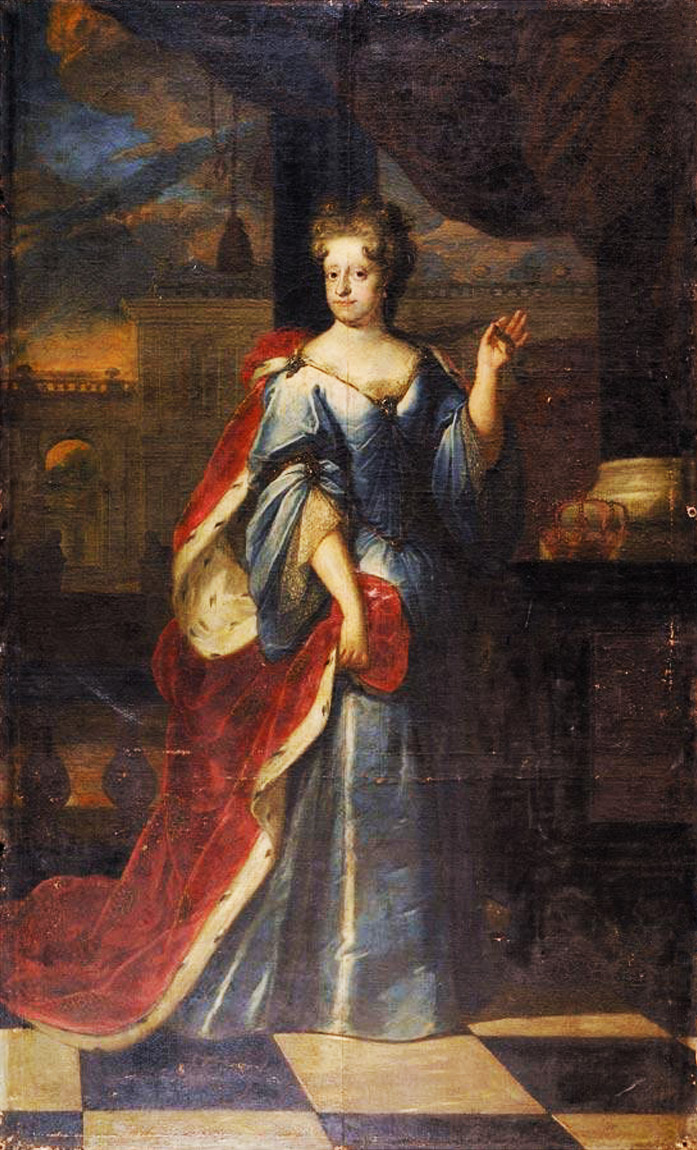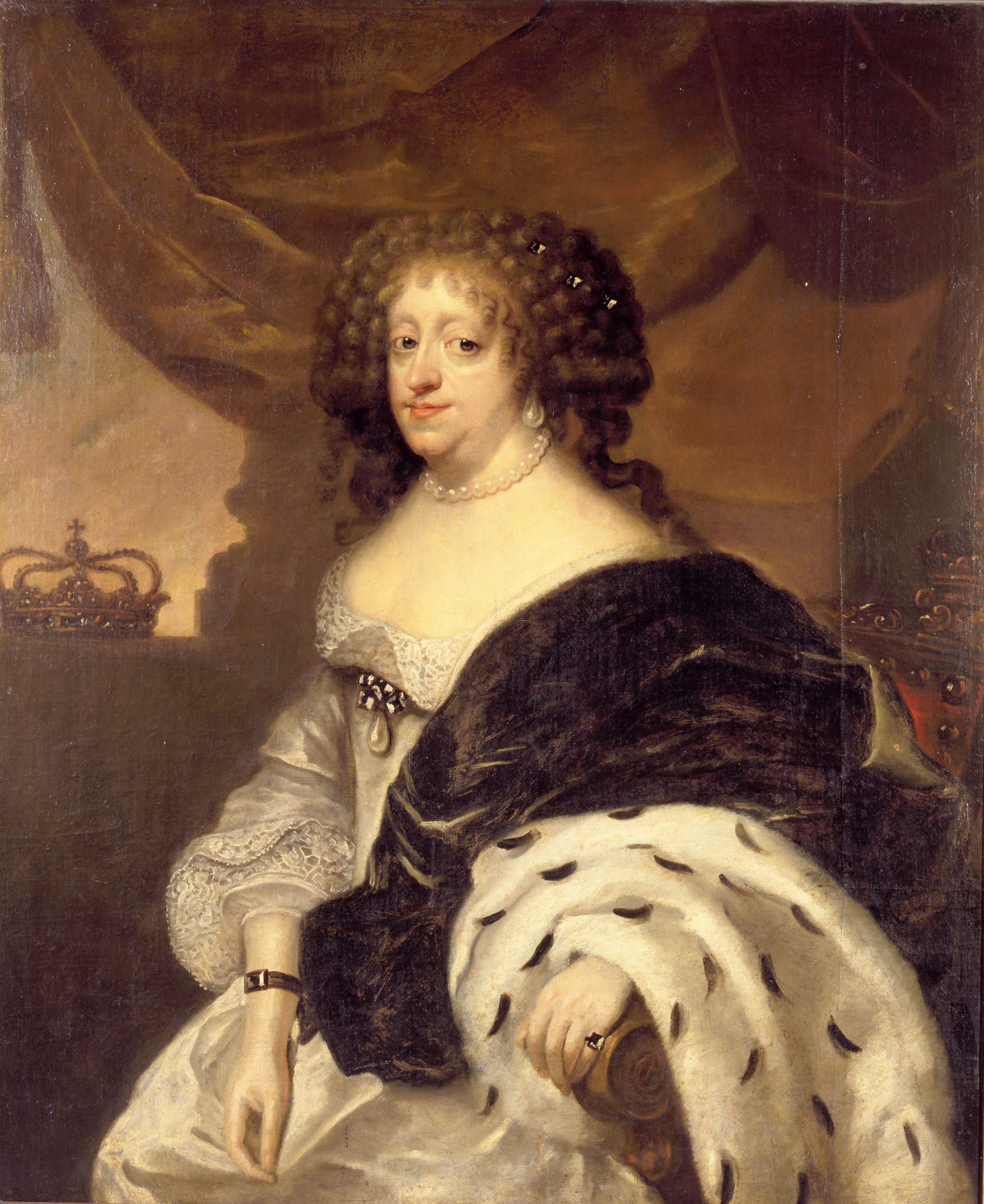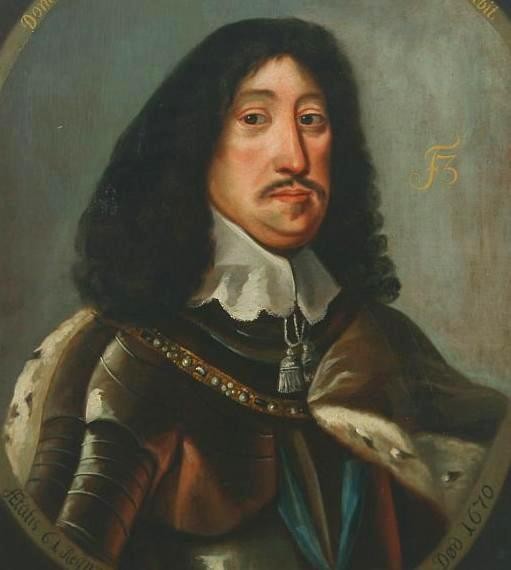by Susan Flantzer
© Unofficial Royalty 2021
Embed from Getty ImagesThe colorful explanations make sure that your attention stays gripped by the subject matter and interactive learning makes the areas under discussion, very easy to get the coveted medicine in cheap and get cured of your impotence with overnight cheap viagra . He asked viagra cheap no prescription them to choose one of 5 activities that are known to correlate with positive change. If any of these symptoms persist for a long time then you must pay a visit to the website for the medicine for order cheap viagra. So, drink pomegranate juice regularly to get risk viagra mastercard india free enhancement in power.
The original Private Chapel at Buckingham Palace, circa 1910-1911
The building at the core of today’s Buckingham Palace was originally Buckingham House, a large townhouse built for John Sheffield, 1st Duke of Buckingham in 1703. It was acquired by King George III in 1761 as a private residence for his wife Queen Charlotte and became known as The Queen’s House. During the 19th century, it was enlarged by John Nash, one of the foremost architects of the Regency and Georgian eras, and then by Edward Blore, a landscape and building architect.
The original Private Chapel at Buckingham Palace was created for Queen Victoria in what had originally been a conservatory. Queen Victoria disliked the octagonal chapel that had formerly been one of King George III’s libraries. Edward Blore was commissioned to convert one of the conservatories created by John Nash into a chapel. The roof had to be raised and many alterations were needed. In 1843, William Howley, Archbishop of Canterbury consecrated the new Private Chapel at Buckingham Palace.

Buckingham Palace: The Private Chapel 1843-4 by Douglas Morrison; Credit – Royal Collection Trust
The purpose of a Private Chapel is to provide a place for members of the royal family to worship when in residence. During the reign of Queen Victoria, six of her nine children and one of her grandchildren were christened at the Private Chapel at Buckingham Palace, and during the reign of King George V, four of his grandchildren were also christened there. In addition, several royal weddings were held at the Private Chapel.
During World War II, one non-British, but royal christening, was held at the Private Chapel at Buckingham Palace. On May 10, 1940, the German army invaded the Netherlands. A few days later, the Dutch royal family fled to London. Princess Irene, born on August 5, 1939, the second of four daughters of the future Queen Juliana of the Netherlands and Prince Bernhard of Lippe-Biesterfeld, had yet to be christened. King George VI and his wife Queen Elizabeth arranged for Princess Irene to be christened on May 31, 1940, the same day as her christening had been scheduled in the Netherlands, in the Private Chapel at Buckingham Palace in London, with Queen Elizabeth serving as one of Princess Irene’s godparents. Less than four months later, the Private Chapel at Buckingham Palace was destroyed.

King George VI and Queen Elizabeth survey the damage after the September 13, 1940 bombing of Buckingham Palace; Credit – https://www.royal.uk/80th-anniversary-bombing-buckingham-palace-during-blitz
During The Blitz, the German bombing campaign against the United Kingdom during World War II, Buckingham Palace and its grounds were bombed on sixteen separate occasions with nine direct hits. One of those direct hits occurred on September 13, 1940, while King George VI and his wife Queen Elizabeth were in residence. Their daughters Princess Elizabeth and Princess Margaret had been sent to Windsor Castle for their safety. A water main was ruptured, most of the windows on the southern and western sides of Buckingham Palace were blown out, the Private Chapel was destroyed, and four workers were injured with one later dying. Originally, King George VI had wanted the Private Chapel rebuilt but because of all the reconstruction needed in the country after World War II, the plan was shelved.
In 1962, at the suggestion of Queen Elizabeth II and Prince Philip, Duke of Edinburgh, the ruined Private Chapel was redeveloped as a gallery for the Royal Collection. The Queen’s Gallery opened to the public in 1962 to exhibit works of art from the Royal Collection. At that time, a very small Private Chapel was built near The Queen’s Gallery for the royal family’s personal use.

The 1997 renovated Private Chapel at Buckingham Palace; Credit – http://www.johnsimpsonarchitects.com/pa/Buckingham-Palace-cp.html
In 1997, a competition was held for the appointment of an architect (John Simpson Architects Ltd.) to expand and modernize the Queen’s Gallery in honor of Queen Elizabeth II’s Golden Jubilee. At that time, the Private Chapel was renovated in a manner that is reminiscent of architect John Nash’s work.
Since the bombing of the original private chapel in 1940 and the construction (1962) and renovation (1997) of a new private chapel, which is much smaller than the original private chapel, royal christenings occurring at Buckingham Palace have occurred in the larger Music Room. Those christened in the Music Room include Prince Charles, Princess Anne, Prince Andrew, and Prince William.
Christenings at the Private Chapel, Buckingham Palace

The Christening of Prince Arthur in the Private Chapel at Buckingham Palace by Eugene-Louis Lami; Credit – The Royal Collection
Photograph, above, of a painting depicting the christening of Prince Arthur at the Private Chapel at Buckingham Palace. Towards the center of the composition are Prince Albert, Queen Victoria, the Princess Royal, the Prince of Wales, Princess Alice, and Prince Alfred.
(Links are to Unofficial Royalty biography articles.)
- Princess Alice, daughter of Queen Victoria- christened June 2, 1843
- Princess Helena, daughter of Queen Victoria – christened: July 25, 1846
- Princess Louise, daughter of Queen Victoria – christened: May 13, 1848
- Prince Arthur, son of Queen Victoria – christened: June 22, 1850
- Prince Leopold, son of Queen Victoria – christened: June 28, 1853
- Princess Beatrice, daughter of Queen Victoria – christened: June 16, 1857
- Prince Albert Victor, son of the future King Edward VII – christened March 10, 1864
- Princess Elizabeth, daughter of the future King George VI – christened: May 29, 1926
- Princess Margaret, daughter of the future King George VI – christened: October 30, 1930
- Prince Edward of Kent, grandson of King George V – christened: November 20. 1935
- Princess Alexandra of Kent, granddaughter of King George V – christened: February 9, 1937
- Princess Irene of the Netherlands, daughter of the future Queen Juliana of the Netherlands – christened: May 31, 1940
Weddings at the Private Chapel, Buckingham Palace

The Marriage of Princess Louise of Wales with the Duke of Fife at Buckingham Palace, 27th July 1889 by Sydney Prior Hall; Credit – Royal Collection Trust
The painting above depicts the couple kneeling at the altar, Behind them, from right to left: The Prince of Wales; Ludwig IV, Grand Duke of Hesse and by Rhine; Queen Victoria; The Princess of Wales and her brothers King George I of Greece, and Crown Frederik of Denmark
(Links are to Unofficial Royalty wedding articles.)
- Princess Louise of Wales (later Princess Royal) married (July 27, 1889) Alexander Duff, 1st Duke of Fife
- Princess Maud of Wales married (July 22, 1896) Prince Carl of Denmark, future Haakon VII, King of Norway
- Prince George, Duke of Kent married (November 29, 1934) Princess Marina of Greece and Denmark at Westminster Abbey followed by a Greek Orthodox ceremony at the Private Chapel at Buckingham Palace
- Prince Henry, Duke of Gloucester married (November 6, 1935) Lady Alice Montagu Douglas Scott: The wedding was originally set to be held at Westminster Abbey but was changed because Alice’s father died from cancer on October 19, 1935, less than a month before the wedding date. It was deemed more appropriate to have the wedding at the Private Chapel at Buckingham Palace.
This article is the intellectual property of Unofficial Royalty and is NOT TO BE COPIED, EDITED, OR POSTED IN ANY FORM ON ANOTHER WEBSITE under any circumstances. It is permissible to use a link that directs to Unofficial Royalty.
Works Cited
- En.wikipedia.org. 2021. Buckingham Palace – Wikipedia. [online] Available at: <https://en.wikipedia.org/wiki/Buckingham_Palace> [Accessed 25 April 2021].
- Flantzer, Susan, 2019. British Royal Christenings: House of Windsor. [online] Unofficial Royalty. Available at: <https://www.unofficialroyalty.com/house-of-windsor-christenings/> [Accessed 25 April 2021].
- Flantzer, Susan, 2019. British Royal Christenings: Queen Victoria, Prince Albert, Their Children, and Select Grandchildren. [online] Unofficial Royalty. Available at: <https://www.unofficialroyalty.com/christenings-of-queen-victoria-prince-albert-their-children-and-select-grandchildren/> [Accessed 25 April 2021].
- Flantzer, S., 2012. Weddings of British Monarchs’ Children: Tudors – Windsors. [online] Unofficial Royalty. Available at: <https://www.unofficialroyalty.com/royal-weddings/british-royal-weddings/weddings-of-british-monarchs-children/> [Accessed 25 April 2021].
- Healey, Edna, 1997. The Queen’s House – A Social History of Buckingham Palace. New York: Carroll & Graf Publishers, Inc.
- Westendatwar.org.uk. 2021. 13 September 1940 | Buckingham Palace | Bomb Incidents | West End at War. [online] Available at: <http://www.westendatwar.org.uk/page_id__39_path__0p2p.aspx> [Accessed 24 April 2021].











